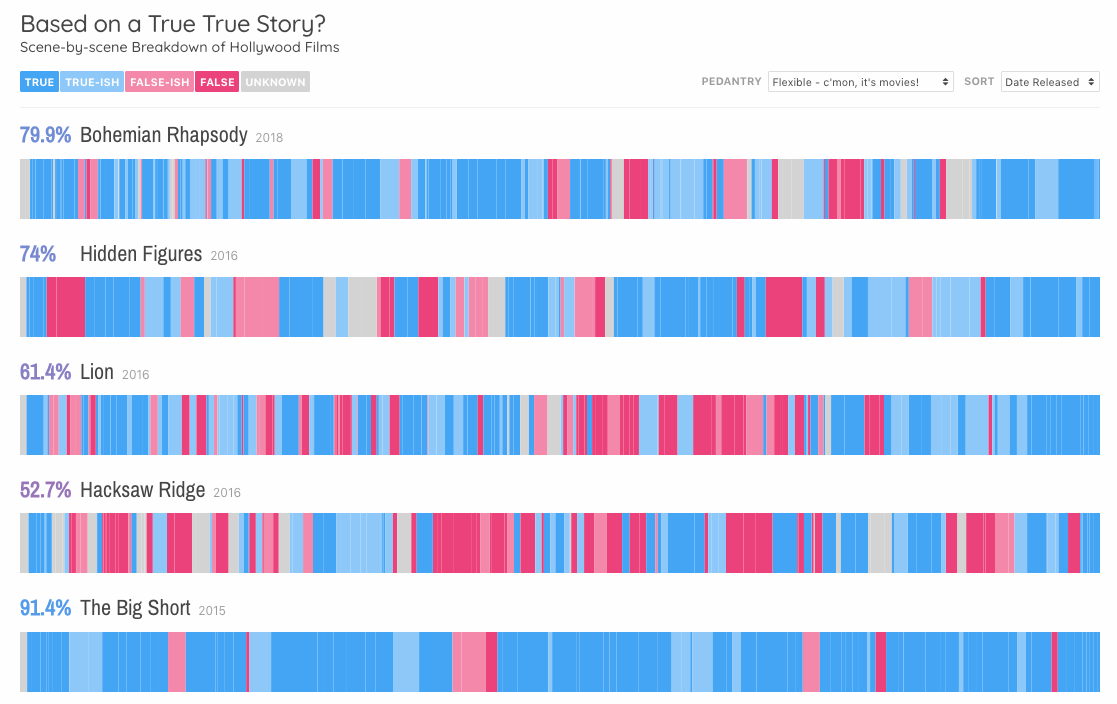Identifying your assets, resources, and USPs that help with link building
Most of this work should have been carried out in your kickoff meeting. Now we need to organize and focus on what we can use to help us get links. To help illustrate this point more, I’ll share examples of what may be a good link building asset and the types of things you should look for.
What we mean by a link building asset
A link building asset is anything available to you that may help you get a link from someone. You need to identify assets because it’s unlikely for someone to link to you just because you email and ask nicely! It can happen, but your job will be far easier if you can give them something of value or show them an asset that deserves a link.
Whatever you identify as an asset doesn’t have to be for the sole purpose of link building. This can often help you get sign off and support from other departments within the company. For example, you could create some really nice data visualizations that your PR department can also use when pitching a story to journalists. These visualizations may also be useful to company directors when they put their PowerPoint presentation together for their next conference.
Here’s another example. One of my clients commissioned a photographer to take lots of really high quality photos of their technical facilities. These photos were displayed on the website to showcase the company but also were used in literature, office décor, and as a link building asset.
By thinking of whatever you create as an asset, it also naturally makes you build something of genuine value, as opposed to something that is “just for links.” This is what can help you get sign off. Demonstrate the value of the asset, beyond links that don’t yet exist.
Examples of link building assets
When you start thinking in terms of creating something that is a link building asset, you start thinking a bit more in line with creating something of real value. The beauty of a link building asset is that it can often be used again and again. A real asset can be shared across other departments, such as PR and social.
Let’s look at a few real examples:
Content
High-quality content can make your job as a link builder much easier. Content gives you something link-worthy. A few sections later in this book will provide more details about creating link-worthy content, so I won’t belabour the point now.
People
If you’re lucky to have access to subject matter experts, you should use them. Or, if you have a CEO or senior member of staff who speaks at conferences, you should try to connect with them to try and get access to their knowledge and material. Can you interview them, for example? Can you connect them with an industry blogger or journalist who can interview them?
Products and discount vouchers
Particularly useful for e-commerce websites, if you have products that you can use for link building, you can do all sorts of creative things. You do need to be a bit careful because Google’s quality guidelines say this (emphasis added):
The following are examples of link schemes which can negatively impact a site's ranking in search results:
Buying or selling links that pass PageRank. This includes exchanging money for links, or posts that contain links; exchanging goods or services for links; or sending someone a “free” product in exchange for them writing about it and including a link
Source: https://support.google.com/webmasters/answer/66356?hl=en
How could Google algorithmically detect this if you’re smart about it? I’m unsure. But Google is pretty clear about this technique, so you must be careful and it's a risky one.
However, using products as the basis of competitions or getting bloggers to somehow engage with your product is far more creative than just sending a product and asking for a link.
For example, if you sell garden sheds online, you could run a competition where you ask people to submit their custom-designed garden sheds to be awarded “Shed of the Year” and give a prize to the winner.
Sound far-fetched?
Look at this. People do this, and it’s garden sheds!
Data
If you have your own proprietary data, which you can turn into super cool data visualization, you are potentially giving yourself a really valuable link building asset. Journalists in particular love data which is unique and can't be found anywhere else because it can help them craft a story and content which is different. You don’t even have to use your own data: you can tap into and use a wealth of public data sources in a unique way.
Here is a great example of how unique data has been used to power a great, visual content piece:
Would you feel confident (and proud) doing outreach and getting links?
Money
Cold, hard cash is an asset. Yes, you can use it to buy links – not that I recommend it! But, if you have the cash resources available, there are a few good ways to use it for link building, such as hiring an established blogger to write on your behalf or acquiring some online communities or blogs where your target market hangs out online.
If you get creative about it, there are ways of using money to get links that don’t break the guidelines of search engines.
